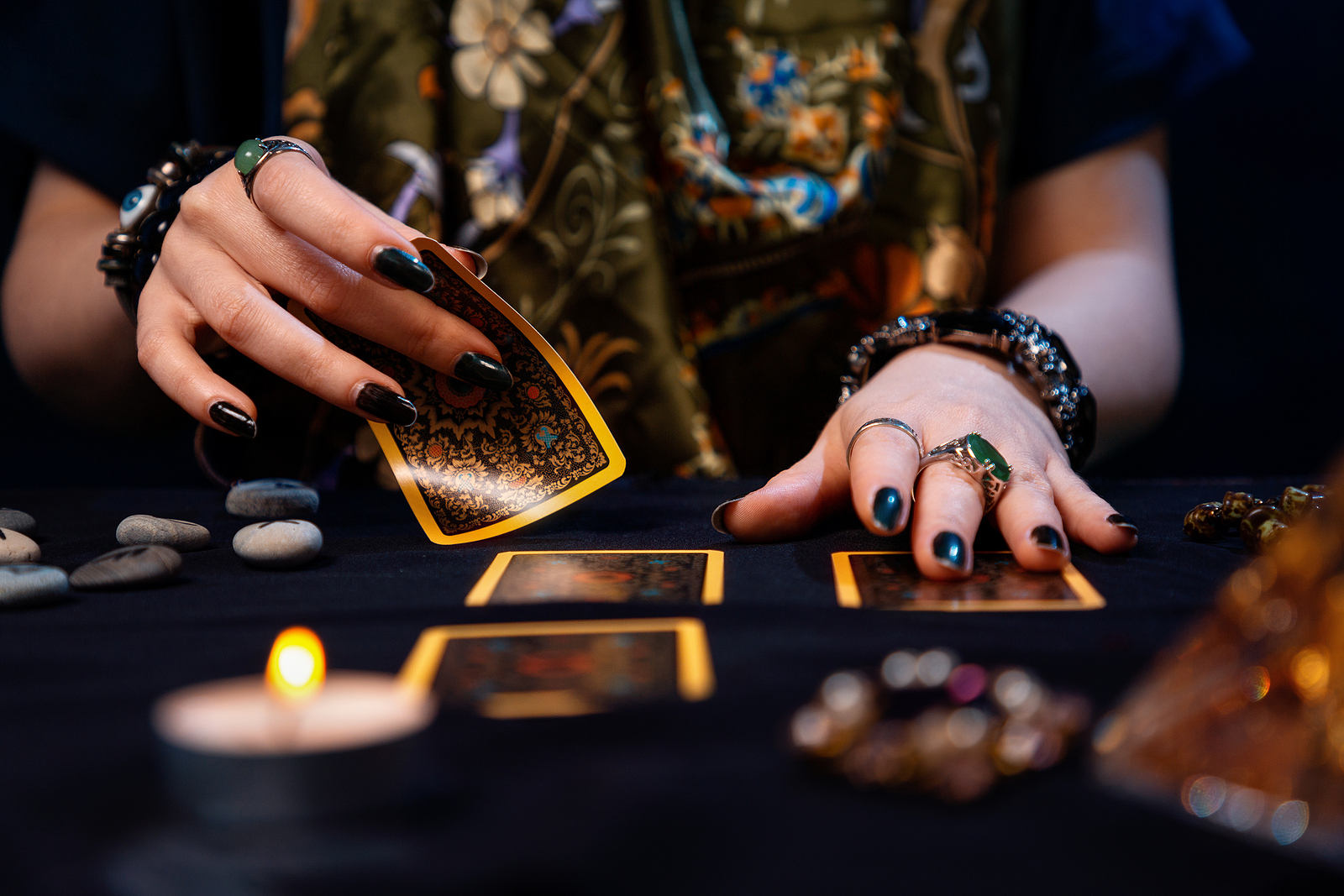Society
9.8.2022
These fortune-telling practices come to us from the Middle East

You either believe in clairvoyance or you don’t! But whatever our opinion on the matter, we all know the most widespread practices…
The crystal ball, the cards, or the lines of the hand, for example. But that’s in our Western culture. And in the Middle East, how does it work?
The ancient Mesopotamians turned to astrology to predict the future. They believed that the stars were the abode of the gods and therefore contained divine mysteries. As for the ancient Egyptians, they practised dream incubation, which is the act of inducing a dream that may reveal information about future events. They also called upon Oracles.
Then came the monotheistic religions, which took a stand against the divinatory arts. However, certain practices have survived through the ages.
See also
Magic in Islam1 – Tarot
Card reading is said to have originated somewhere in Egypt, and is also attributed to India. More precisely, some sources claim that this practice dates back to the Mamluk Sultanate of Egypt.
2 – Coffee grounds
The exact origin of this practice, called caffeomancy or tasséomancy, is uncertain. Some sources presume a Mesopotamian origin, which would have become widespread in the Ottoman Empire before being exported towards the end of the 18th century.
3 – Chickpeas and beans
Favomancy is the art of reading the patterns that a handful of beans makes when thrown on a surface. Popular in Bosnia and Russia, it is thought to have originated in the Middle East where similar traditions exist.
4 – Numerology
The origins of numerology go back to the early civilisations of Mesopotamia and Egypt. It involves assigning numerical values to letters and trying to find signs in a person’s words, names and date of birth that have a bearing on their future.
popular

